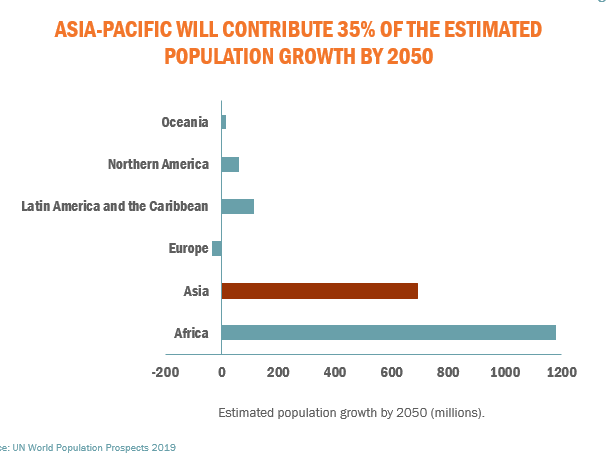Toward more sustainable livestock investment: Bangkok workshop introduces new toolkit

‘Highly relevant’ was the resounding feedback from the more than 50 senior decision-makers from 17 countries in Asia and the Pacific attending a livestock capacity development workshop in Bangkok in late November.
The workshop introduced senior ministry staff to two tools – the Livestock Sector Investment and Policy Toolkit (LSIPT) and the Global Livestock Environmental Assessment tool (GLEAM-i) – that can improve livestock policies, master plans and investments in line with the Sustainable Development Goals.
The workshop’s timing was apt. The region’s countries face formidable and geographically specific challenges. They need to modernize their livestock sectors quickly enough to meet the rising demand for milk, eggs and meat while also improving sustainability and reducing the sector’s environmental footprint.
The workshop was organized by the FAO Investment Centre and Animal Production and Health Divisions and FAO Regional Office for Asia and the Pacific, in collaboration with the International Livestock Research Institute (ILRI), the French Agricultural Research Centre for International Development (CIRAD) and the World Bank.
Evidence-based decision-making
Globally, livestock contributes to about 40 percent of the total value of agricultural output. It is an important source of food and income for millions of people worldwide. An estimated 600 million of the world’s poorest people keep livestock.
But the sector is also a major greenhouse gas emitter, accounting for about 41 percent of agriculture’s total GHG emissions.
The livestock sector has excellent potential to drive economic growth, reduce poverty, hunger and malnutrition and strengthen the resilience of vulnerable communities provided its climate impacts are greatly reduced.
That’s where LSIPT and GLEAM-i can help. The tools can be used to conduct technical, social, financial, economic and environmental analyses in order to design better and more efficient climate-smart livestock policies and projects.
The LSIPT, developed by FAO with the World Bank, ILRI and CIRAD, gives decision-makers the evidence they need to make strategic choices and attract public and private investment, said Marc Moens, FAO Senior Livestock Investment Officer who coordinated the workshop.
“When combined with the GLEAM-i, a tool for assessing the sector’s greenhouse gas emissions, the toolkit offers a complete package to countries considering improvements to their livestock sector,” he said.
Badi Besbes, FAO’s Senior Animal Production Officer, added that the toolkit has “helped to shift the sector’s traditional focus on livestock performance to one that focuses on households and their livelihoods.”
Applying LSPT in Asia and the Pacific

Mongolia’s livestock system is unique. Some 73 percent of the country’s total landmass is used for livestock grazing on nomadic and semi-settled farms. The sector employs more than a quarter of the population and accounts for 10 percent of overall gross domestic product.
For Dr Dr Suvdaa, Senior Livestock Policy Officer from the Policy and Planning Department of Mongolia’s Ministry of Food, Agriculture and Light Industry, the comprehensive toolkit will likely reduce the time and burden associated with livestock planning. It will also facilitate the development of mitigation strategies by assessing livestock’s actual and potential contributions to GHG emissions.
“This is particularly welcomed because the impact of climate change on Mongolia is felt more intensely than in other countries,” she said.
In Bangladesh, livestock is the second largest industry after the clothing industry. While the country is self-sufficient in meat production and nearly so in egg production, it has embarked on an ambitious project to meet milk demand.
Dr Bibek, a poultry geneticist from Bangladesh, noted that “if fully trained in the use of the toolkit, I can see this helping us to implement the national dairy project, particularly the typology and modelling tool.”
In Nepal, the World Bank is using the LSIPT to prepare a livestock master plan. FAO is leading the initiative in collaboration with the ILRI and CIRAD. The five-year plan will support the Government of Nepal and other development partners to identify opportunities for advancing livestock development initiatives in the country.
And the FAO Investment Centre and the World Bank are using the tools to prepare and implement investment projects and sector studies in various countries.
Much still needs to be done to improve animal production and connect markets – including policies, investment plans and strategies that drive change and attract public and private investment. Responsible and sustainable livestock sector development also needs to take into account synergies and trade-offs between food and nutrition security, economic growth and livelihoods versus climate impact.
For more information contact:
Badi Besbes, FAO’s Senior Animal Production Officer (AGAH)
Marc Moens, FAO Senior Agricultural Officer (Livestock) (DPI)
